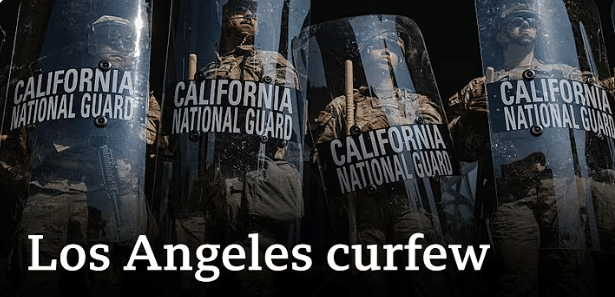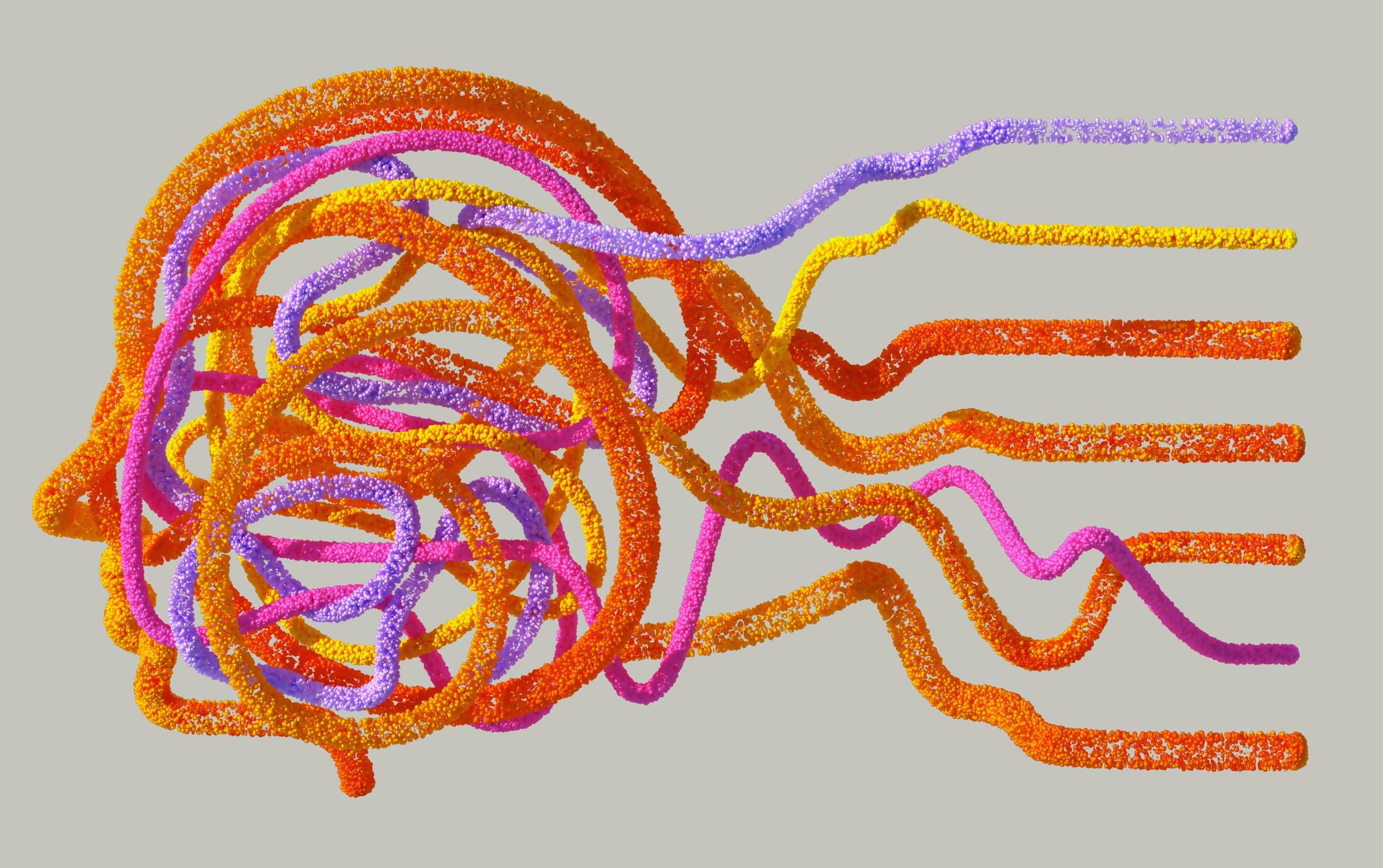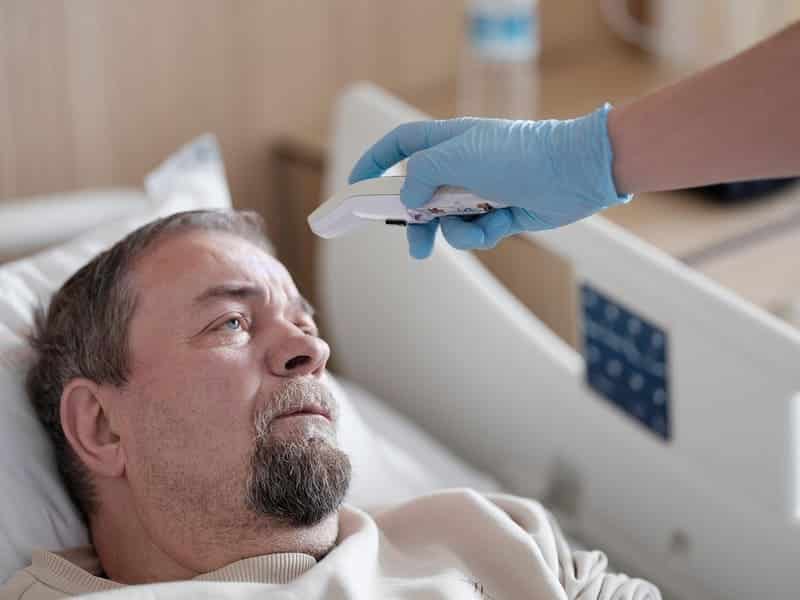For couples struggling with infertility, the complex medical procedure known as in vitro fertilization (IVF) can help address this issue. Primarily, the procedure works by taking eggs from a woman’s ovaries to be fertilized with the sperm of a man in a lab setting. From there, an embryo is created and implanted into the woman’s uterus, where a baby can properly develop.
Good and Bad of In Vitro Fertilization
If a couple chooses IVF to conceive, they should know the ins and outs. First, there are various ways to perform IVF treatments such as using a couple’s eggs and sperm or a donor’s eggs, sperm, and even embryos. In some cases, a couple can rely on a gestational carrier if the woman is at risk, which implants an embryo in another person’s uterus instead.
Furthermore, couples should assess the health risks following an IVF before they choose to pursue it. While age can impact a baby’s health, the unlying cause of a couple’s infertility issues plays a part too. Besides the health risks, this medical procedure can be expensive, time-consuming, and invasive as it’s possible to have multiple pregnancies if numerous embryos are transferred. Not only do multiple pregnancies put the babies at risk of complications, but the mother isn’t safe from potential health complications either. Thus, a good healthcare team is essential at guiding couples through the process, by explaining possible risks and determining if IVF is their best option.
Alternative Infertility Procedures to IVF
Before choosing IVF to treat any infertility or genetic issues, couples should seek out less invasive treatments as they may be more suitable. For instance, women can use fertility drugs to stimulate their ovaries to produce more eggs. Likewise, men can pursue intrauterine insemination (IUI), which is a procedure that transfers sperm directly into the uterus, while a woman is ovulating. Primarily, people who are 40 and over as well as those with specific health problems may get the best results from these treatments. For instance, women who have damaged fallopian tubes or blockages may benefit due to their eggs being prevented from traveling to the uterus.
Benefits of IVF for Specific Health Issues
https://gty.im/1093781280
More than that, women with ovulation disorders should seek IVF, especially if they have irregular or absent ovulation cycles that leave them with fewer eggs to fertilize. Additionally, if a woman’s infertility is caused by endometriosis, then they can be helped as well. To sum it up, endometriosis causes uterine-like tissue to grow outside the uterus, affecting it as well as the ovaries and fallopian tubes.
People with uterine fibroids can also find success in the procedure as these non-cancerous tumors tend to impact individuals in their 30s and 40s. In particular, fibroids cause problems for women by interfering with the implantation of a fertilized egg in the uterine lining. Along with uterine fibroids, people who’ve had tubal ligation should seek IVF treatments. Since this surgery blocks or cuts the fallopian tubes, these women aren’t able to get pregnant. Ultimately, pursuing this infertilization treatment can help these women conceive without needing to reverse the procedure.
Alternative Reasons to Pursue IVF
Contrary to popular belief, women aren’t the only ones who get positive results from IVF. Surprisingly, even men can struggle with infertility issues such as having abnormalities in their sperm’s movement, shape, or size. Similarly, men who experience low sperm counts can find use in the procedure, that is, if they choose to explore it.
In the same way, IVF can assist people with unexplained infertility issues despite tests failing to determine a cause. To add further, this infertility treatment can assist people who have a heightened risk of passing a genetic disorder by undergoing a procedure called preimplantation genetic testing. This procedure checks fertilized eggs for specific genetic issues before placing them in the uterus. Although the testing cannot detect all genetic disorders, embryos can still be transferred without a problem.
People who undergo cancer treatments like chemotherapy can rely on this procedure to preserve their fertility. With this treatment, these individuals can have their eggs, sperm, or embryos frozen for future use without any difficulty. As previously mentioned, women without a working uterus or those who may experience a serious health risk from getting pregnant can use gestational carriers to conceive a biological child.
Final Thoughts
Assisted Reproductive Technology (ART) is the name given to the various infertility procedures that exist. Of all the fertility treatments out there, IVF has proven to be the most effective at directly handling eggs, sperm, and embryos. Mostly, couples who fail to conceive naturally for at least a year are more likely to pursue IVF. On average, completing the IVF cycle happens between 2 to 3 weeks, but if split into parts, the process can last much longer.
Once the IVF procedure is finished, women are strongly advised to rest throughout the day. Although bed rest isn’t necessary, they shouldn’t resume their normal activities so they don’t develop ovarian hyperstimulation syndrome (OHSS). Ultimately, it usually takes around 12 to 14 days after the embryo is transferred to determine if a woman is pregnant as a result of a pregnancy test. However, if a woman experiences any health complications following the procedure then they should contact a healthcare provider immediately to get the help and support they need.
Disclaimer: This article is intended simply to provide information. It does not replace the medical advice of a physician or other medical professional. Please speak with your doctor or therapist if you have any questions or concerns.










